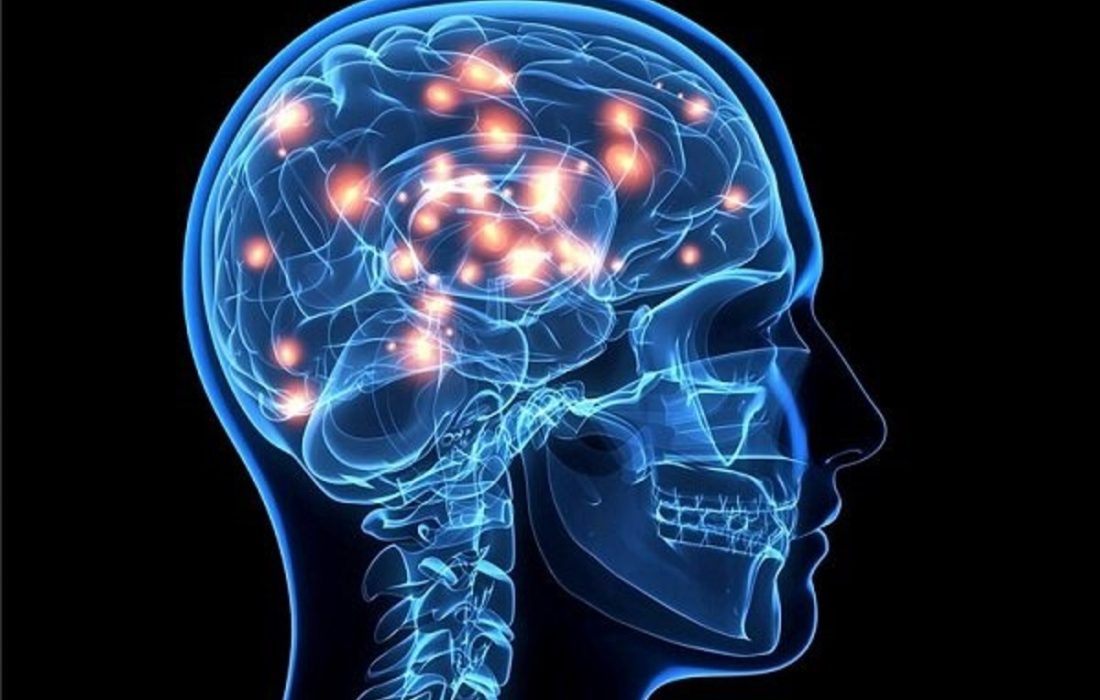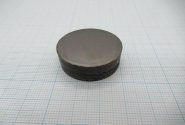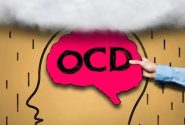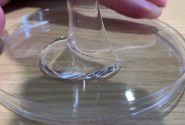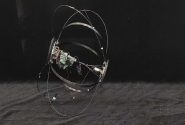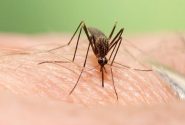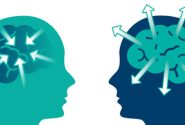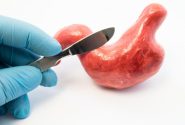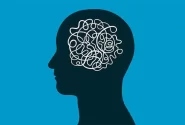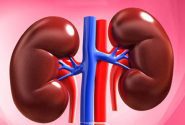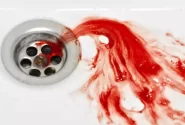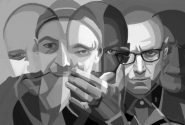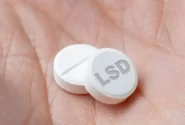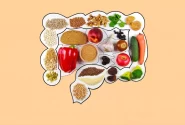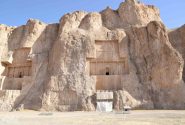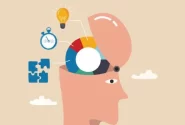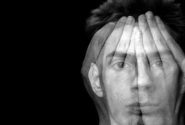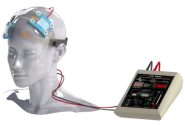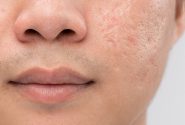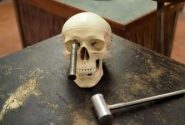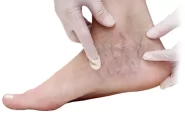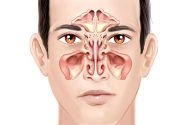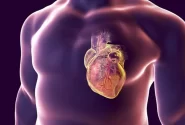به گزارش پایگاه خبری تحلیلی تسریر، به نقل از هلث دی نیوز، تیمی به سرپرستی سیمونا نیکولوا از کلینیک مایو در فینیکس خاطرنشان کردند که ذخایر اضافی آهن نشانه آسیب مغزی است. این تیم قرار است نتایج را در ماه آوریل در نشست سالانه آکادمی نورولوژی آمریکا (AAN) ارائه کند.
نیکولوا در بیانیه خبری AAN گفت: «مطالعات قبلی نشان دادهاند که تجمع آهن میتواند بر نحوه تعامل نواحی مغز با یکدیگر تأثیر بگذارد. این تحقیق ممکن است به ما در درک بهتر نحوه واکنش مغز و بهبودی پس از ضربه مغزی کمک کند.»
تحقیقات جدید شامل ۶۰ نفر بود که همگی پس از ضربه مغزی دچار سردرد شدند. ضربه های مغزی ناشی از زمین خوردن (۴۵%)، تصادفات رانندگی (۳۰%) یا نزاع (۱۲%) بود. برای کمتر از نیمی از مردم، این اولین ضربه مغزی آنها بود.
اسکن مغز از ۶۰ بیمار ضربه مغزی با اسکن های گرفته شده از ۶۰ نفر بدون سابقه ضربه مغزی یا سردرد پس از ضربه مقایسه شد.
اسکنها نشان داد که در مقایسه با افرادی که هرگز دچار ضربه مغزی نشدهاند، افرادی که سابقه ضربه مغزی داشتند سطوح بالاتری از آهن در نواحی مختلف مغز داشتند. به نظر می رسید با گذشت زمان پس از ضربه مغزی، سطح آهن افزایش می یابد.
نیکولوا گفت: «این نتایج نشان میدهد که تجمع آهن در مغز میتواند به عنوان نشانگر زیستی برای ضربه مغزی و سردرد پس از سانحه مورد استفاده قرار گیرد، که به طور بالقوه میتواند به ما در درک فرآیندهای زمینهای که در این شرایط رخ میدهد کمک کند.»
از آنجایی که این یافتهها قرار است در یک جلسه پزشکی ارائه شوند، باید تا زمانی که در یک مجله معتبر منتشر شوند، مقدماتی درباره آن در نظر گرفته شود.
Folks who’ve suffered a concussion and then develop headaches show iron accumulation in their brains, new research discovers.
Excess brain iron stores are a hallmark of damage, noted a team led by Simona Nikolova, of the Mayo Clinic in Phoenix. The team is slated to present the results in April at the annual meeting of the American Academy of Neurology (AAN).
“Previous studies have shown that iron accumulation can affect how areas of the brain interact with each other,” Nikolova said in an AAN news release. “This research may help us better understand how the brain responds and recovers from concussion.”
The new research involved 60 people who all developed headaches after a concussion. The concussions were caused by falling (45%), car accidents (30%) or fighting (12%). For just under half of the people, this was their first concussion.
Brain scans from the 60 concussion patients were compared to those taken from 60 people with no history of concussions or post-traumatic headache.
The scans showed that, compared to folks who’d never been concussed, those with a history of concussion had higher levels of iron in various brain areas. Iron levels seemed to mount as time after the concussion went on.
“These results suggest that iron accumulation in the brain can be used as a biomarker for concussion and post-traumatic headache, which could potentially help us understand the underlying processes that occur with these conditions,” Nikolova said.
Because these findings are to be presented at a medical meeting, they should be considered preliminary until published in a peer-reviewed journal.
تسریر مراقب سلامتی شماست!

